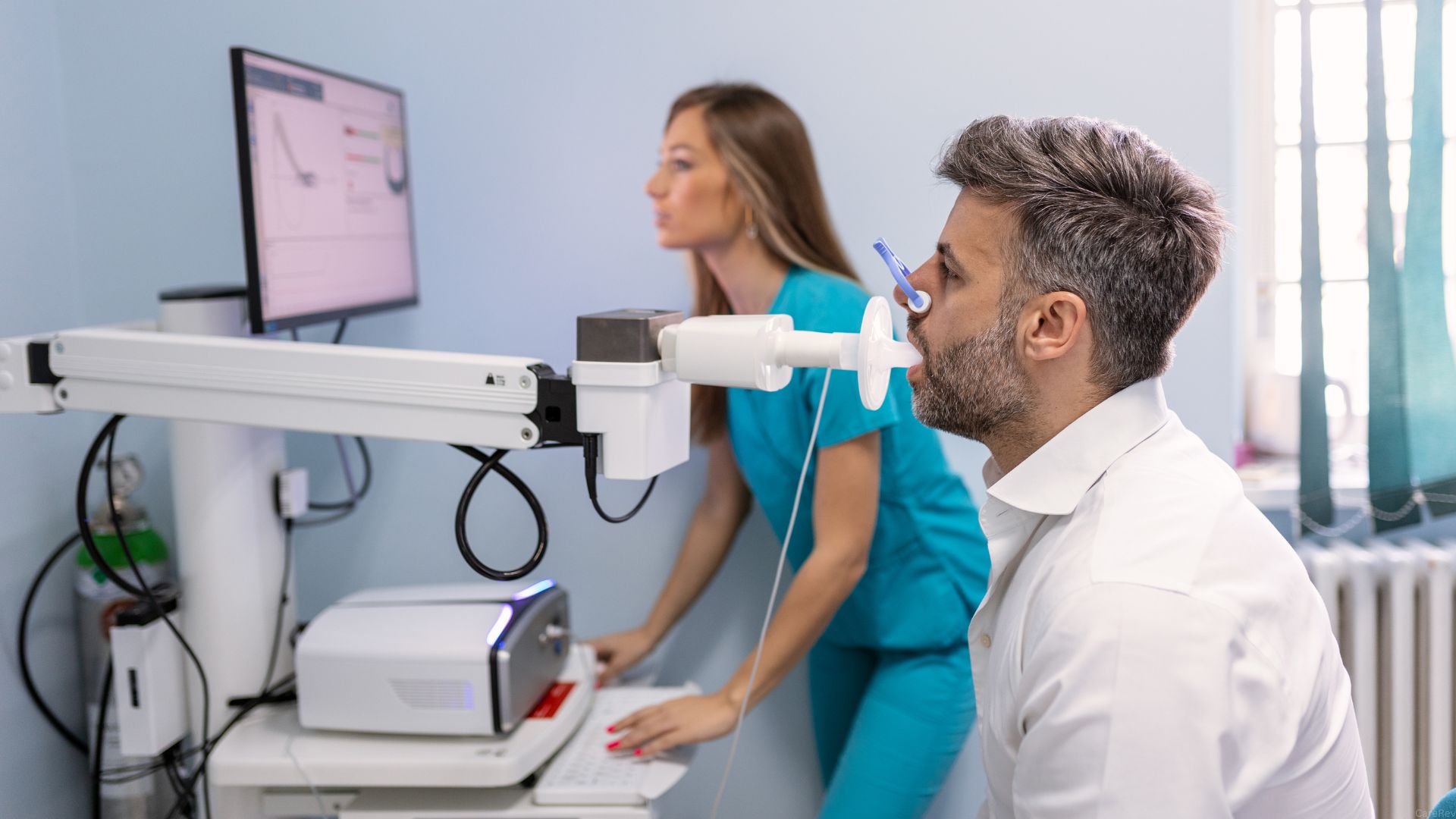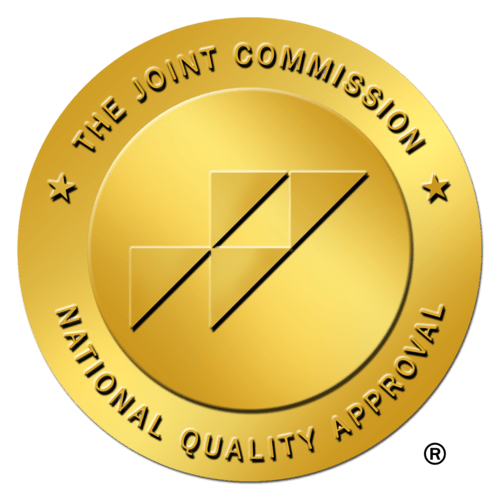
Accurate and concise documentation is one of the most important parts of a nurse’s job. It not only ensures continuity of care between shifts but also protects patients and healthcare professionals from potential errors or liability issues. An end of shift nursing note serves as a snapshot of the patient’s condition and care provided during your shift, so knowing how to write it effectively is critical.
Whether you’re a new nurse, a student, or simply want to strengthen your charting skills, this guide walks through how to write an end of shift nursing note, what to include, common mistakes to avoid, and an example to use as a reference.
Why end of shift documentation matters
Your shift may end, but the patient’s care continues. A well-written nursing note helps the next nurse quickly understand key information such as changes in condition, interventions, and ongoing concerns.
Good documentation:
- Promotes patient safety and continuity of care
- Creates a legal record of nursing actions and observations
- Supports interdisciplinary communication
- Demonstrates clinical judgment and professionalism
Incomplete or vague notes can lead to misunderstandings, duplicate work, or even patient harm. That’s why clarity, accuracy, and objectivity are essential.
What to include in an end of shift nursing note
While every facility may have slightly different charting systems (EHR templates, flowsheets, or narrative entries), these core components should be present in your note:
1. Patient identification and date/time
Always confirm you’re documenting on the correct chart.
2. Shift summary
Note the shift hours covered (e.g., 0700–1900) and general overview.
3. Patient status and assessment findings
Include vital signs trends, pain level, neurological status, mobility, wound condition, IV sites, drains, oxygen, etc.
4. Interventions performed
Medications given, treatments completed, wound care, ambulation, patient education, etc.
5. Response to care and progress
Did pain improve after intervention? Did the wound dressing remain clean and dry?
6. Significant changes or incidents
New symptoms, physician notifications, critical results, falls, or transfers.
7. Handoff information for next shift
Pending labs, upcoming procedures, or concerns to monitor.
8. Signature and credentials
Every note must end with your name and title (e.g., “A. Smith, RN”).
Tips for writing clear and professional nursing notes
- Be objective and factual. Avoid opinions (“patient seemed upset”) and use observable data (“patient tearful during assessment”).
- Avoid redundancy. If data is documented elsewhere (like in flowsheets), summarize key trends instead of repeating every detail.
- Use approved abbreviations only. Avoid slang or shorthand not recognized by your facility.
- Maintain patient privacy. Never include identifiers in notes that could be shared outside the chart.
- Proofread before signing. Errors in spelling or grammar can create confusion or appear unprofessional.
Common mistakes to avoid
- Charting by exception only when something significant occurred but wasn’t documented.
- Copying and pasting previous notes without verifying current accuracy.
- Leaving out time frames (“medication given” vs. “acetaminophen 650 mg PO at 1430 for pain 6/10”).
- Using subjective or emotional language. (“Patient being difficult” should be replaced with “Patient refused morning meds; educated on importance of compliance.”)
End of shift nursing note example
Here’s a sample end of shift nursing note for a medical-surgical patient:
Patient: John D., MRN #######
Date/Time: 11/12/2025 – 0700–1900 shift
Nursing Note:
Patient alert and oriented ×3. Vitals stable throughout shift (BP range 118–126/74–80, HR 78–86, Temp 98.4°F). Reports mild incisional pain 3/10, managed effectively with scheduled acetaminophen. Midline abdominal incision clean, dry, and intact with Steri-Strips; no redness or drainage noted. Voiding adequately, urine clear yellow. Tolerating regular diet, ate ~75% of meals, no nausea or vomiting. Ambulated twice with standby assistance; gait steady. Incentive spirometer use encouraged—completed 10 reps hourly as instructed.
No new complaints or acute changes. IV fluids discontinued per provider order at 1500; site without redness or swelling. Labs drawn at 1700 for AM review. Family visited at 1600; updated on plan of care. Report given to night shift RN, pending morning labs and continued incision monitoring.
Signature: A. Smith, RN
Shorter example for a long-term care setting
Patient: M. Lopez
Shift: 2300–0700
Resident asleep most of night; no distress noted. Incontinence care provided x2. No new skin issues observed; barrier cream applied. Bed alarm on, side rails up per care plan. Call light within reach. Report given to day shift nurse.
Signature: J. Thomas, LPN
How to tailor your notes by setting
- Acute care: Focus on changes in condition, physician communication, and interventions.
- Long-term care: Emphasize routine care, behaviors, and any deviations from baseline.
- ICU: Document frequent reassessments, titrations, ventilator settings, and critical results.
- Home health: Include patient teaching, caregiver interactions, and safety observations.
Final thoughts
End of shift nursing notes are more than just paperwork, they’re an essential part of safe, coordinated patient care. Writing clear, concise, and factual documentation ensures every team member stays informed and the patient receives consistent, high-quality care.
With practice, your charting will become second nature, and your notes will reflect the professionalism and accountability that define great nursing.





